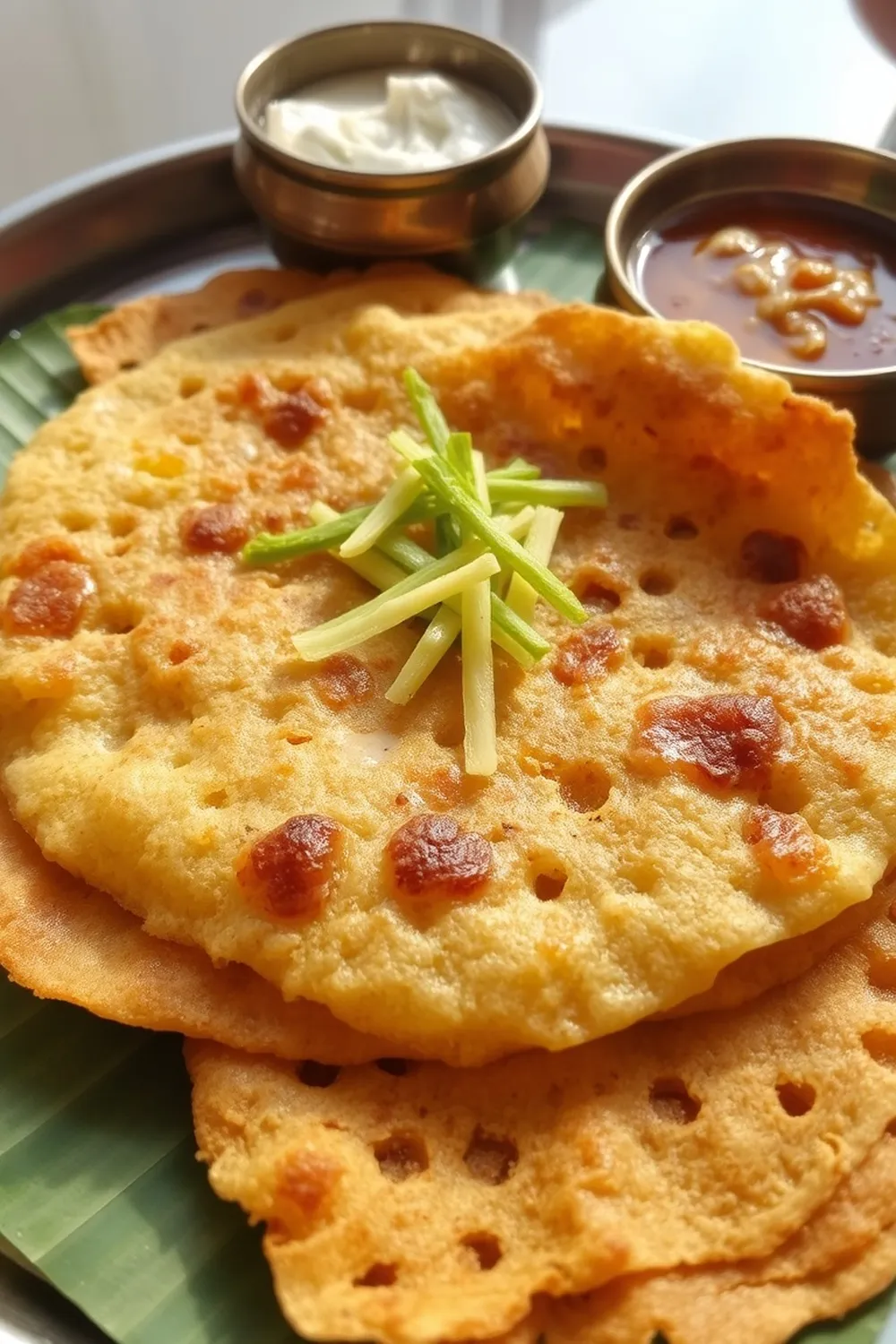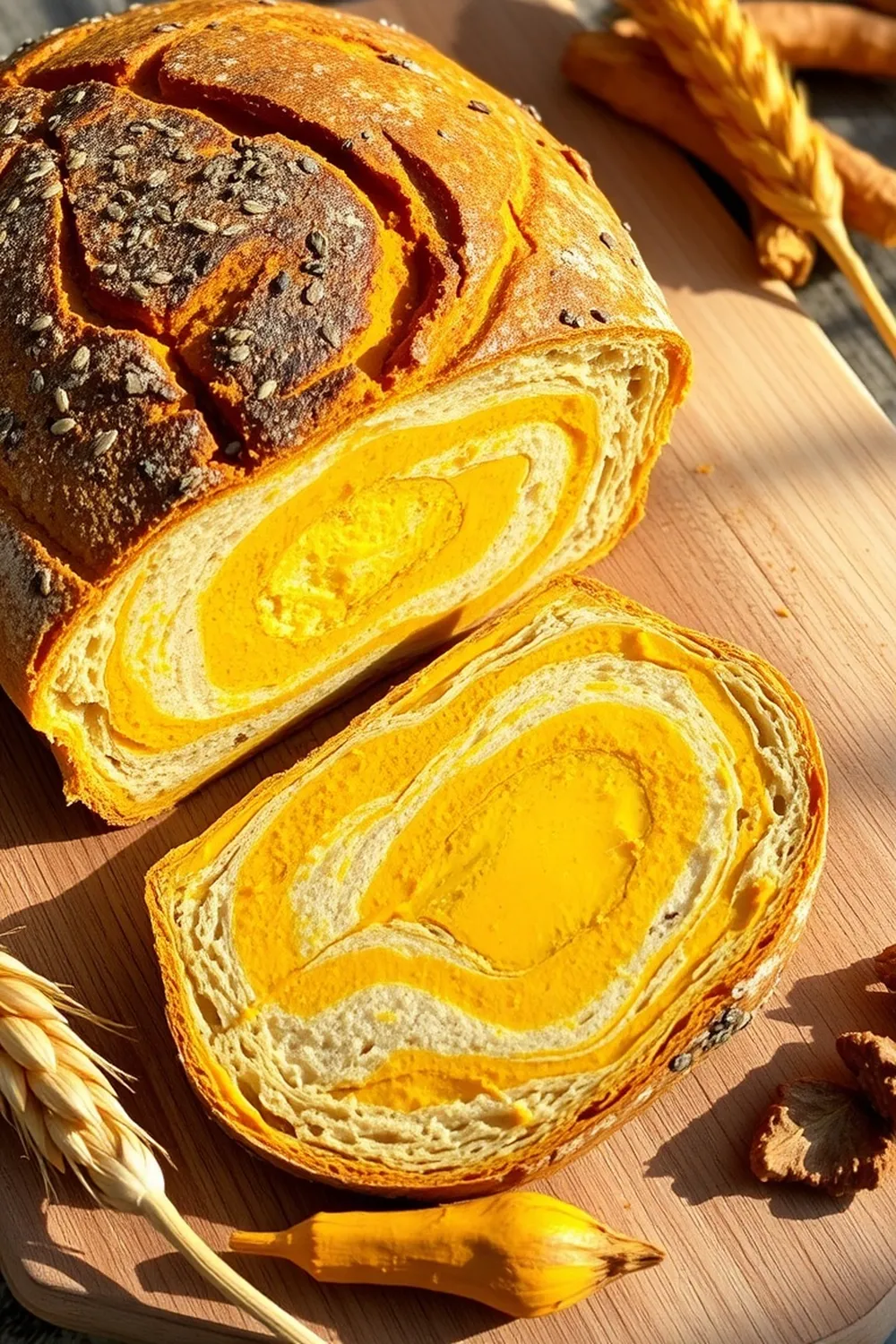- Soak idli rice (and sago, if using) in water for 3-4 hours.
- Drain the water and combine the rice with chopped ash gourd and coconut.
- Grind the mixture into a smooth batter, adding water as needed to achieve the desired consistency.
- Ferment the batter for 8-12 hours, or until it is light and bubbly.
- Heat a dosa tawa (griddle) and pour a ladleful of batter onto it, spreading in a circular motion.
- Drizzle oil around the edges and cover with a lid to cook until the bottom is golden brown.
- Flip and cook briefly on the other side until golden and crisp.
- Serve hot with spicy chutney or sambar.
- Calories:120 kcal25%
- Energy:502 kJ22%
- Protein:3 g28%
- Carbohydrates:23 mg40%
- Sugar:1 mg8%
- Salt:150 g25%
- Fat:2 g20%
Last Updated on 6 months ago by Neha Deshmukh
Ash Gourd Idli Dosa Recipe – Traditional South Indian Breakfast
Hey everyone! If you’re anything like me, there’s nothing quite like starting the day with a crispy, fluffy dosa. Today, I’m sharing a family favorite – Ash Gourd Idli Dosa. It’s a little different from your standard dosa, with a subtle sweetness and incredibly soft texture. I first made this when I was trying to incorporate more veggies into our breakfast, and it quickly became a hit! Let’s get cooking, shall we?
Why You’ll Love This Recipe
This Ash Gourd Idli Dosa isn’t just delicious; it’s also a fantastic way to sneak in some extra nutrients. The ash gourd (or white pumpkin) adds a lovely lightness to the dosa, making it incredibly easy to digest. Plus, the fermentation process makes it gut-friendly! It’s a comforting, flavorful breakfast that’s perfect for a weekend treat or a special occasion.
Ingredients
Here’s what you’ll need to make these delightful dosas:
- 2 cups Idli dosa rice
- 1 cup finely chopped ash gourd | white pumpkin
- ?? cup coconut or sago (sabudana) – see ingredient notes below!
- Oil, as needed
- Salt, to taste
Ingredient Notes
Let’s talk ingredients! Getting these right makes all the difference.
Idli Dosa Rice: Type and Quality
Using the right rice is key. Idli dosa rice is a short-grain rice specifically used for making idli and dosa. It gives the batter the perfect texture. You can usually find it at Indian grocery stores.
Ash Gourd (White Pumpkin): Selection and Benefits
Look for an ash gourd that feels heavy for its size. It should be firm and free of blemishes. Ash gourd is incredibly hydrating and packed with vitamins and minerals. It’s a superfood in disguise!
Coconut vs. Sago: Regional Variations and Textural Differences
This is where things get interesting! Some families (like my grandmother’s) use grated coconut for a slightly sweeter, more aromatic dosa. Others prefer sago (sabudana) for a crispier texture. Traditionally, it depends on what’s readily available and the regional preference. I usually use about ¼ – ½ cup of sago, depending on how much crispness I want.
Oil: Choosing the Right Oil for South Indian Cooking
For that authentic South Indian flavor, I recommend using groundnut oil or coconut oil. They have a higher smoke point and impart a lovely aroma.
Salt: Importance of Quality and Quantity
Don’t underestimate the power of good salt! Use a good quality salt and add it gradually, tasting as you go. It really brings out the flavors.
Step-By-Step Instructions
Alright, let’s get down to making the magic happen!
- First, soak the idli rice (and sago, if you’re using it) in plenty of water for at least 3 hours. This is crucial for softening the rice and getting a smooth batter.
- Once soaked, drain the water completely. Then, combine the rice with the chopped ash gourd and coconut (or sago).
- Now, it’s grinding time! Add the mixture to a grinder or blender and grind into a smooth batter. Add water gradually, as needed, to achieve a pouring consistency – think slightly thinner than pancake batter.
- This is the patience-testing part: fermentation! Transfer the batter to a large bowl, cover it, and let it ferment for 7-10 hours, or even overnight. You’ll know it’s ready when it’s bubbly and has a slightly sour aroma.
- Heat a dosa tawa (a flat griddle) over medium heat. Lightly grease it with oil.
- Pour a ladleful of batter onto the hot tawa and spread it in a circular motion.
- Drizzle a little oil around the edges of the dosa. Cover it with a lid and let it cook for a few minutes, until the surface shows air bubbles.
- Flip the dosa and cook briefly on the other side, until golden brown and crispy.
- Serve immediately with your favorite spicy chutney or sambar!
Expert Tips
Want to take your Ash Gourd Idli Dosa game to the next level? Here are a few tips I’ve learned over the years:
Achieving the Perfect Fermentation
Warmth is your friend! In colder climates, you can place the batter in a warm oven (turned off!) or near a radiator to help it ferment.
Grinding Techniques for a Smooth Batter
Adding a few ice cubes while grinding can help keep the batter cool and prevent it from becoming sticky.
Tips for Non-Stick Dosa Tawa Usage
Even with a non-stick tawa, a little oil is essential. Wipe off any excess oil with a clean cloth before pouring the batter.
Recognizing the Right Temperature for Cooking
The tawa should be hot enough that the dosa sizzles gently when the batter hits it, but not so hot that it burns immediately.
Variations
Let’s get creative!
- Vegan Adaptation: This recipe is naturally vegan if you don’t use ghee for serving.
- Gluten-Free Confirmation: This recipe is naturally gluten-free!
- Spice Level Adjustment – Adding Chilies: My friend loves to add a few green chilies to the batter for an extra kick.
- Festival Adaptations – Special Occasion Serving Suggestions: During festivals, we sometimes add a pinch of turmeric to the batter for a vibrant yellow color.
Serving Suggestions
Ash Gourd Idli Dosa is best enjoyed hot and fresh. Serve it with:
- Spicy Coconut Chutney
- Sambar
- Tomato Chutney
- A dollop of ghee (optional)
Storage Instructions
If you have leftover batter (unlikely, right?), you can store it in the refrigerator for up to 2 days. It might lose some of its fluffiness, but it will still be delicious.
FAQs
Got questions? I’ve got answers!
What is the ideal consistency of the batter for Ash Gourd Idli Dosa?
The batter should be smooth and pourable, slightly thinner than pancake batter.
Can I use a different type of rice besides Idli Dosa rice?
While Idli Dosa rice is best, you can try using parboiled rice as a substitute, but the texture might be slightly different.
How do I know if the batter has fermented properly?
The batter will be bubbly and have a slightly sour aroma. It should also have increased in volume.
What can I do if my dosas are sticking to the tawa?
Make sure your tawa is properly seasoned and heated. Also, use enough oil.
Can I make this batter in advance and store it for longer?
You can make the batter a day in advance and store it in the refrigerator, but the fermentation process might continue, so adjust the consistency accordingly.
Enjoy making this delicious and healthy Ash Gourd Idli Dosa! Let me know how it turns out in the comments below. Happy cooking!










